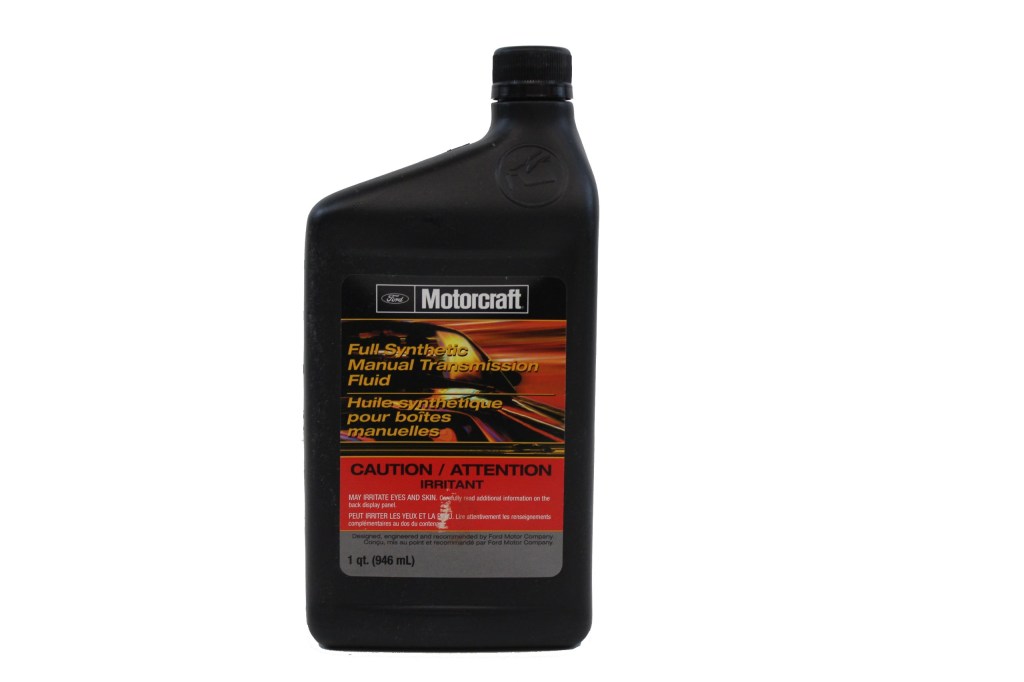Boost Performance With 1989 Ford’s Manual Transmission Oils And Transfer Case Oils: Unlock Your Vehicle’s Potential Today!
1989 Ford Manual Transmission Oils and Transfer Case Oils: A Comprehensive Review
Introduction:
2 Picture Gallery: Boost Performance With 1989 Ford’s Manual Transmission Oils And Transfer Case Oils: Unlock Your Vehicle’s Potential Today!
When it comes to maintaining and maximizing the performance of your 1989 Ford vehicle, using the right transmission oils and transfer case oils is crucial. The transmission and transfer case are vital components of your vehicle’s drivetrain, and proper lubrication is necessary to ensure smooth operation and prevent damage.

Image Source: shopify.com
In this comprehensive review, we will delve into the world of 1989 Ford manual transmission oils and transfer case oils. From their key features and functionalities to their fluid capacities and recommended maintenance, we will provide you with all the essential information you need to make informed decisions about your vehicle’s lubrication needs.
Body Paragraphs:
What:

Image Source: media-amazon.com
The 1989 Ford manual transmission oils and transfer case oils refer to the specific lubricants recommended by Ford for use in the manual transmissions and transfer cases of their vehicles manufactured during that year. These oils are specially formulated to meet the unique requirements and specifications of Ford’s drivetrain systems.
Who:
These oils are designed for owners of 1989 Ford vehicles equipped with manual transmissions and transfer cases. Whether you own a Ford F-150, Mustang, or Ranger from this era, using the recommended oils will help ensure optimal performance and longevity of these essential components.
When:
It is essential to use the correct transmission and transfer case oils when performing regular maintenance or replacing fluids in your 1989 Ford vehicle. The recommended oil change interval for these components is typically outlined in the vehicle’s owner’s manual or service schedule. Adhering to these intervals will help prevent premature wear and potential damage to the drivetrain.
Where:
The 1989 Ford manual transmission oils and transfer case oils are available at authorized Ford dealerships, automotive parts stores, and online retailers. It is crucial to ensure that you purchase the correct oil that meets Ford’s specifications for your specific vehicle model and drivetrain configuration.
Why:
The correct lubrication of your manual transmission and transfer case is essential for maintaining smooth gear shifts, reducing friction, and preventing component wear. Using the recommended oils ensures that your vehicle’s drivetrain operates efficiently and minimizes the risk of costly repairs down the line.
How:
To determine the correct type and quantity of manual transmission and transfer case oils for your 1989 Ford vehicle, consult the owner’s manual or contact a Ford dealership. The manual will provide specific information on the recommended oil grades, fluid capacities, and the proper procedure for changing or topping up the fluids.
FAQ:
Q: Can I use generic transmission and transfer case oils instead of the recommended Ford oils?
A: While generic transmission and transfer case oils may meet the basic requirements, it is highly recommended to use the Ford-recommended oils. These oils are specifically formulated to meet Ford’s stringent specifications and provide superior performance and protection for your vehicle’s drivetrain.
Q: How often should I change the manual transmission and transfer case oils in my 1989 Ford vehicle?
A: The recommended oil change interval varies depending on driving conditions, mileage, and other factors. It is best to consult the owner’s manual or service schedule for specific guidelines. However, a general rule of thumb is to change the fluids every 30,000 to 60,000 miles or every two to three years.
Q: Are there any signs that indicate the need for a transmission or transfer case oil change?
A: Yes, there are several signs that may indicate the need for an oil change, including difficulty shifting gears, grinding noises, fluid leaks, or a noticeable decrease in performance. If you experience any of these symptoms, it is recommended to have your vehicle inspected by a qualified technician.
Key Features and Specifications:
The 1989 Ford manual transmission oils and transfer case oils come with several key features and specifications that make them the ideal choice for your vehicle’s lubrication needs. Here are some of the highlights:
1. Superior Heat Resistance:
The oils are designed to withstand high temperatures generated by the transmission and transfer case, ensuring optimal performance even under extreme operating conditions.
2. Enhanced Lubrication:
These oils provide excellent lubrication properties, reducing friction and wear on gears, bearings, and other critical components. This helps extend the lifespan of your drivetrain and ensures smooth gear shifts.
3. Compatibility:
These oils are formulated to be compatible with the materials used in Ford’s manual transmissions and transfer cases, minimizing the risk of damage or premature wear to seals, gaskets, and other internal components.
4. Longevity:
The oils have a long service life, allowing for extended oil change intervals compared to generic lubricants. This helps reduce maintenance costs and ensures consistent performance throughout the recommended service life.
5. Genuine Ford Quality:
By using the recommended Ford oils, you can have peace of mind knowing that you are using products specifically designed and tested by Ford engineers. This ensures that you are maintaining the highest levels of quality and performance for your 1989 Ford vehicle.
Fluid Capacities and Maintenance:
Understanding the fluid capacities and proper maintenance procedures for your manual transmission and transfer case is crucial for keeping your vehicle running smoothly. Here are some essential details to consider:
1. Fluid Capacities:
The exact fluid capacities for your vehicle’s manual transmission and transfer case can be found in the owner’s manual or service schedule. It is important to use the recommended amounts to ensure proper lubrication and prevent overfilling, which can lead to leaks and other issues.
2. Fluid Inspection and Replacement:
Regularly inspecting the transmission and transfer case fluids for signs of contamination, depletion, or discoloration is essential. If any abnormalities are detected, it is recommended to have the fluids replaced by a qualified technician. Additionally, it is important to follow the recommended oil change intervals to maintain optimal performance.
3. Fluid Level Check:
To check the fluid level in your manual transmission or transfer case, consult the owner’s manual for the specific procedure. It typically involves locating and removing the fill plug and using a dipstick or other measuring device to ensure the fluid level is within the recommended range.
4. Environment Considerations:
In extreme operating conditions, such as towing heavy loads or driving in hot climates, it may be necessary to change the transmission and transfer case fluids more frequently. Consult the owner’s manual for specific recommendations based on your vehicle’s usage and environment.
Tire Maintenance and Towing Capacities:
While the focus of this review is on manual transmission and transfer case oils, it is worth mentioning the importance of proper tire maintenance and understanding your vehicle’s towing capacities. Here are some key considerations:
1. Tire Pressure:
Maintaining the correct tire pressure is essential for optimal vehicle performance, fuel efficiency, and tire lifespan. Refer to the owner’s manual or the tire placard located on the driver’s door jamb for the recommended tire pressure values.
2. Tire Rotation:
Regularly rotating your tires helps promote even wear, extending their lifespan and ensuring consistent performance. Consult the owner’s manual for the recommended rotation intervals and patterns.
3. Towing Capacities:
Before towing any loads, it is crucial to understand your vehicle’s towing capacities. These can vary depending on factors such as engine size, drivetrain configuration, and optional towing packages. Exceeding the recommended towing capacities can result in damage to the transmission, transfer case, and other components.
Additional Resources and Troubleshooting Guides:
As a 1989 Ford vehicle owner, it is beneficial to have access to additional resources and troubleshooting guides to address any potential issues or questions that may arise. Here are some valuable resources to consider:
1. Owner’s Manual:
Your vehicle’s owner’s manual is an invaluable tool that provides detailed information about maintenance procedures, fluid specifications, and troubleshooting tips. Familiarize yourself with its contents to ensure you are equipped with the necessary knowledge to keep your vehicle in optimal condition.
2. Ford Service Centers:
Ford-certified service centers employ technicians who specialize in Ford vehicles, including those from the 1989 era. If you encounter any complex issues or require expert advice, these service centers can provide the necessary support.
3. Online Forums and Communities:
Joining online forums and communities dedicated to 1989 Ford vehicles can provide a wealth of information and insights from fellow owners and enthusiasts. These platforms are a great way to seek advice, share experiences, and learn from others who have similar vehicles.
4. Ford Customer Support:
If you have
This post topic: Manual



